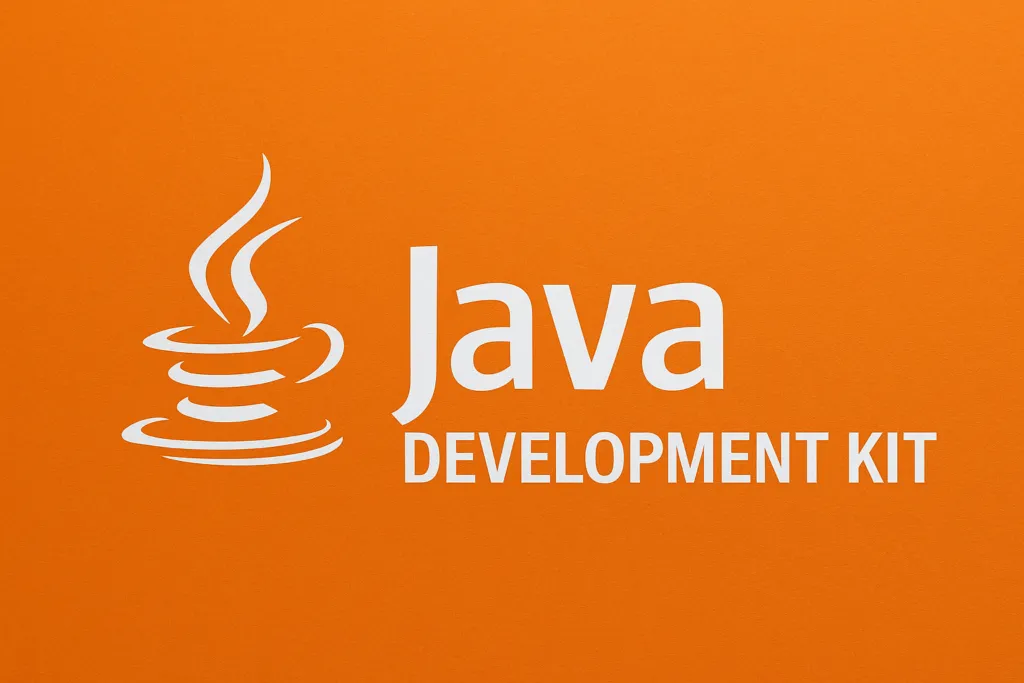
In the world of software development, Java remains one of the most widely used and trusted programming languages. Whether you’re building enterprise-grade applications or mobile apps for Android, having the right tools is essential. At the heart of Java programming lies the Java Development Kit—commonly known as the JDK.
This comprehensive guide explores what the Java Development Kit is, why it’s important, how it differs from the Java Runtime Environment (JRE), and how to download and install it correctly for your development needs.
What is the Java Development Kit (JDK)?
The Java Development Kit is a software development environment used for building Java applications. It includes the essential tools required to write, compile, and run Java programs.
The JDK consists of the following components:
- Java Compiler (
javac) – Translates Java code into bytecode. - Java Virtual Machine (JVM) – Runs the compiled bytecode on different platforms.
- Java Runtime Environment (JRE) – A subset of the JDK required to run Java applications.
- Development Tools – Debuggers, documentation tools, and performance monitoring utilities.
Key Tools Included:
| Tool | Description |
|---|---|
javac | Java compiler |
java | Java launcher tool to run applications |
javadoc | Documentation generator from Java source code |
jdb | Java debugger |
jar | Tool to package Java applications into JAR files |
These tools enable developers to create robust, scalable applications across a variety of platforms.
Java Development Kit vs Java Runtime Environment
A common source of confusion for beginners is the difference between the Java Development Kit and the Java Runtime Environment (JRE).
- JRE is only used to run Java applications. It includes the JVM and core libraries.
- JDK includes everything in the JRE plus tools for development like the compiler and debugger.
In short, if you’re developing Java software, you need the JDK. If you’re just running Java apps, the JRE will do (though newer JDKs often bundle the JRE).
Java Development Kit Download and Installation
Where to Download
Several vendors provide official distributions of the Java Development Kit. Here are the most popular and trusted sources:
- Oracle JDK – The original, commercial license.
- OpenJDK – Free and open-source reference implementation.
- Adoptium Temurin – Widely used community build of OpenJDK.
- Amazon Corretto – AWS-supported version.
- Zulu by Azul – OpenJDK builds for enterprise use.
Installation Steps
- Download the correct version (Java 17, 21, or latest LTS) for your OS (Windows, macOS, Linux).
- Run the installer and follow the setup instructions.
- Set environment variables:
JAVA_HOMEpointing to the JDK directory.- Add the
binfolder to your systemPATH.
Verify Installation
Open a terminal and run:
bashjava -version
javac -version
You should see the installed version of Java and the Java compiler.
Choosing the Right JDK Version
Each version of the JDK brings new features and improvements. If you’re starting a new project, consider using the latest Long-Term Support (LTS) version like Java 17 or Java 21.
| Java Version | Type | Release Year | Support Until |
|---|---|---|---|
| Java 8 | LTS | 2014 | 2030 (extended) |
| Java 11 | LTS | 2018 | 2026 (extended) |
| Java 17 | LTS | 2021 | 2029 |
| Java 21 | LTS | 2023 | 2031 |
Features Added in Recent JDK Versions
While this guide focuses on the Java Development Kit, it’s helpful to understand the kind of features you’ll get when installing the latest versions:
- Java 17: Sealed classes, pattern matching, new pseudo-random number generators.
- Java 21: Record patterns, virtual threads (Project Loom), and string templates.
These modern capabilities can significantly boost developer productivity and performance.
Integrated Development Environments (IDEs) that Support the JDK
After installing the Java Development Kit, choose an IDE to write and manage your code more efficiently:
- IntelliJ IDEA – Feature-rich IDE, excellent for enterprise applications.
- Eclipse – Open-source and highly extensible.
- NetBeans – Good support for JavaFX and basic Java apps.
- VS Code – Lightweight editor with Java extensions.
Ensure your IDE is configured to point to the correct JDK installation path.
FAQs about the Java Development Kit
Q1: Can I have multiple JDK versions installed?
Yes, you can. Use environment variables or tools like SDKMAN (Linux/macOS) or jEnv to manage them.
Q2: Is the JDK free to use?
OpenJDK and vendors like Adoptium offer free versions. Oracle JDK may require a license for commercial use.
Q3: What’s the latest JDK version available?
As of now, Java 21 is the latest LTS version. However, Java 22 (non-LTS) is also available for evaluation.
Final Thoughts
The Java Development Kit is the foundational tool for every Java developer. From building web applications to enterprise-level microservices, understanding the JDK and how to use it efficiently can greatly enhance your productivity.
Make sure to download the right distribution and version for your needs. Whether you’re an experienced developer or just starting out, keeping your Java Development Kit up-to-date ensures you have access to the latest features, security patches, and performance enhancements.
Read More :








